More of the story behind learning how to make macarons develops below. I decided to spend the evening researching the recipe for the french macaron after last time. There had to be an answer to cracking the code on these gorgeous elusive cookies.
Everywhere I read or watched, they spoke about how important the ratios were, and yet…there were so many different recipes. I put them in a spreadsheet to find out what the ratios are so I could find both a common recipe and make a smaller batch until I figured this out. Almond flour is expensive. Thankfully, people really don’t care what the cookie looks like as they still like to eat them.
Upon researching the recipe, I found two ratios among the outliers. One was for the french meringue method and the other was for the italian meringue method.
The most common formula for French Meringue Macarons was 1/2 sugar to egg whites, 1/2 almond flour to powdered sugar. The almond flour seemed to be 85% of the total volume of egg whites.
The second most common was using the Italian meringue method and it was typically 40% egg whites, to 60% sugar and 50/50 almond flour to powdered sugar. Since I was doing the french meringue version, I decided to ignore the Italian method recipes entirely and store that information for future reference.
Despite researching for a long time, it was difficult to pinpoint who this original ratio came from. Several (v)blogs claimed this was their own recipe, yet I found it repeated several places. Others seemed to arbitrarily change enough to throw off the two most common formulas completely. However, it indicates they are truly their own recipes and to them, I give them a hat’s off. A quick wiki search shows two pastry chef names Pierre Desfontaines and Claude Gerbet being credited for the creation of the macaron in the 1700s. Another one is said to have discovered it by accident making almond puffs that nuns used to make.
So armed with all the knowledge of hours of research, I began again. This time methodically. I ditched the American recipes with us measuring cups, and pulled out the scale. I decided to approach this like a science project.
After all, baking is science. I also decided to follow the “mise en place” recommendation which translates to all in place and have everything ready.
Let the journey begin. So I followed all the previous advice online with my new knowledge and it ended up looking perfect. And then…they were all hollow! Oh well. They tasted much better. Not as sickly sweet like the other recipes. Until next time.
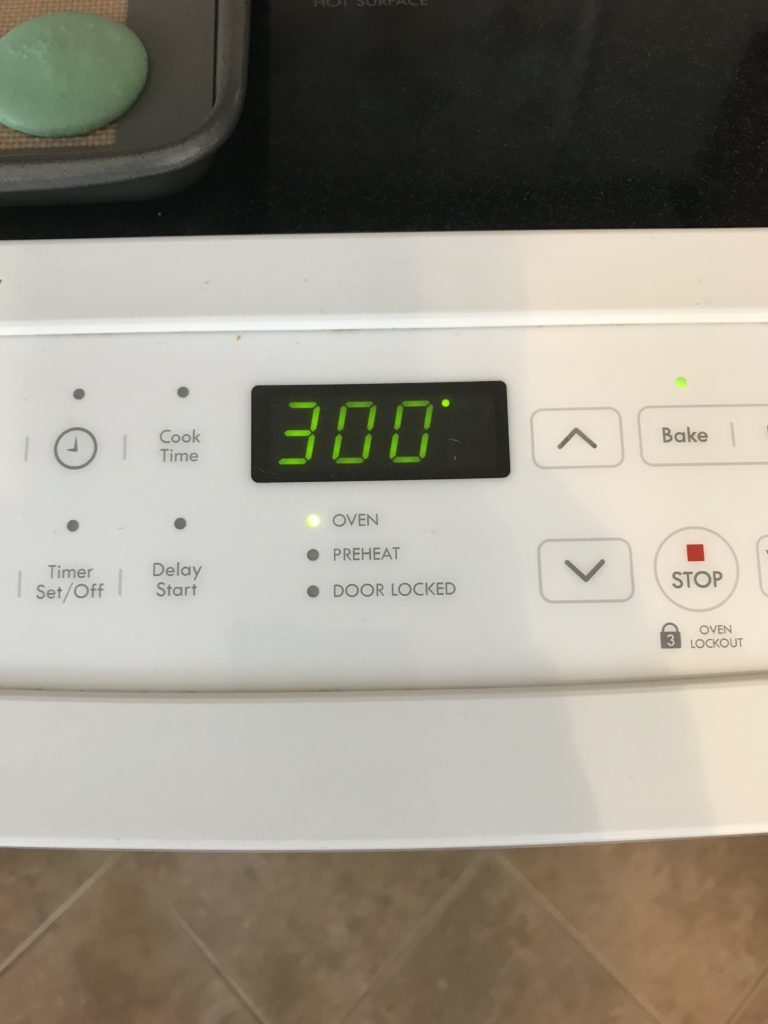
Preheat oven 
Waiting for temperature to rise 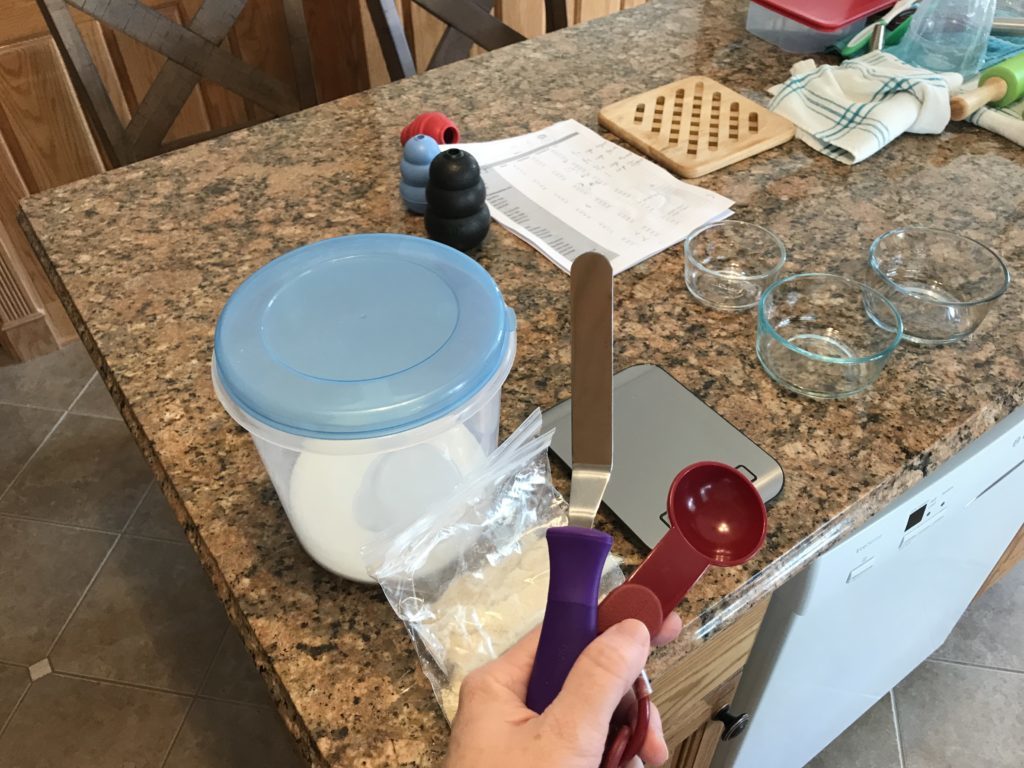
Mise en place 
Researching Various Recipes 
Weighing the egg whites to find ratios 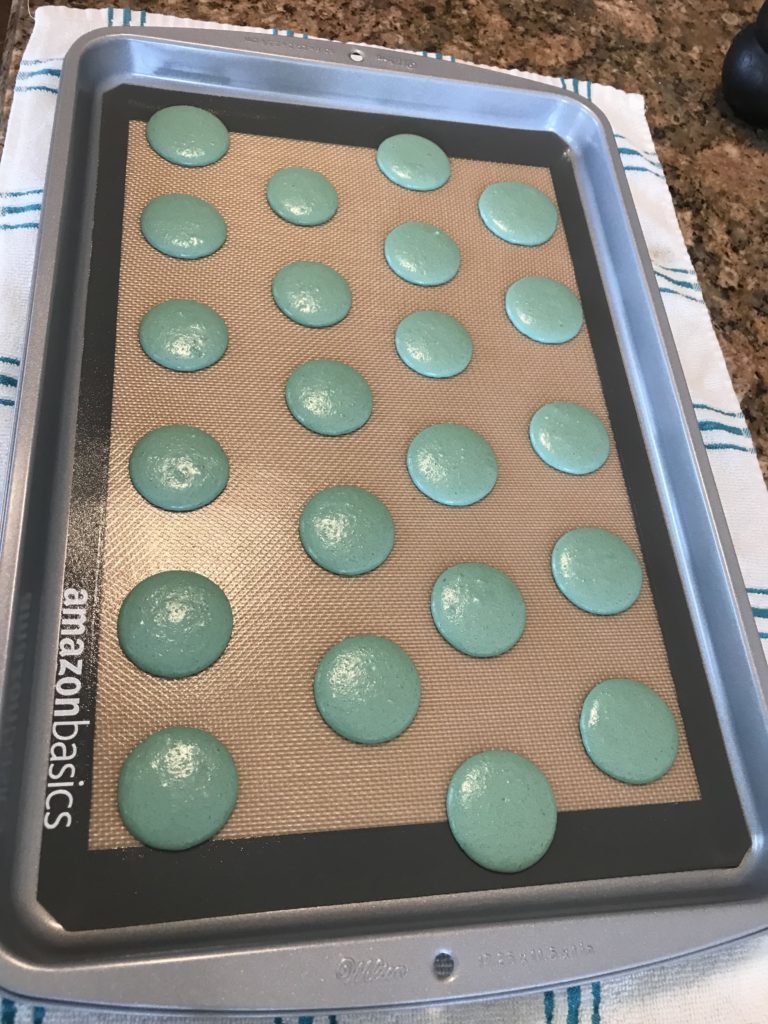
Perfect 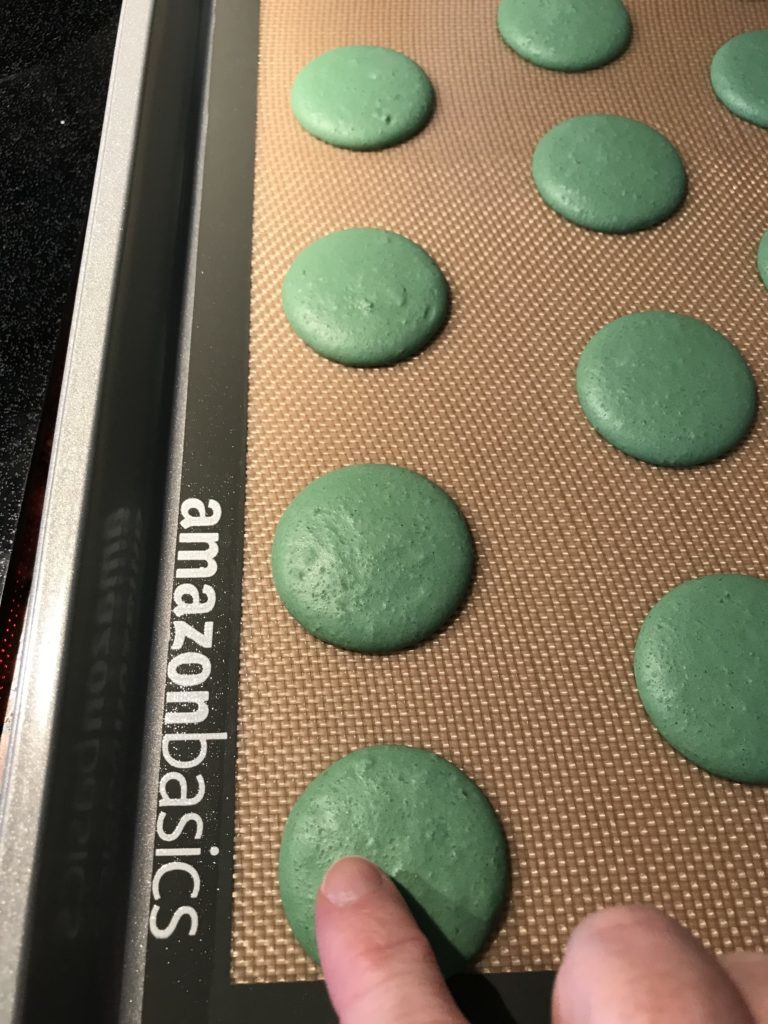
Skin has formed 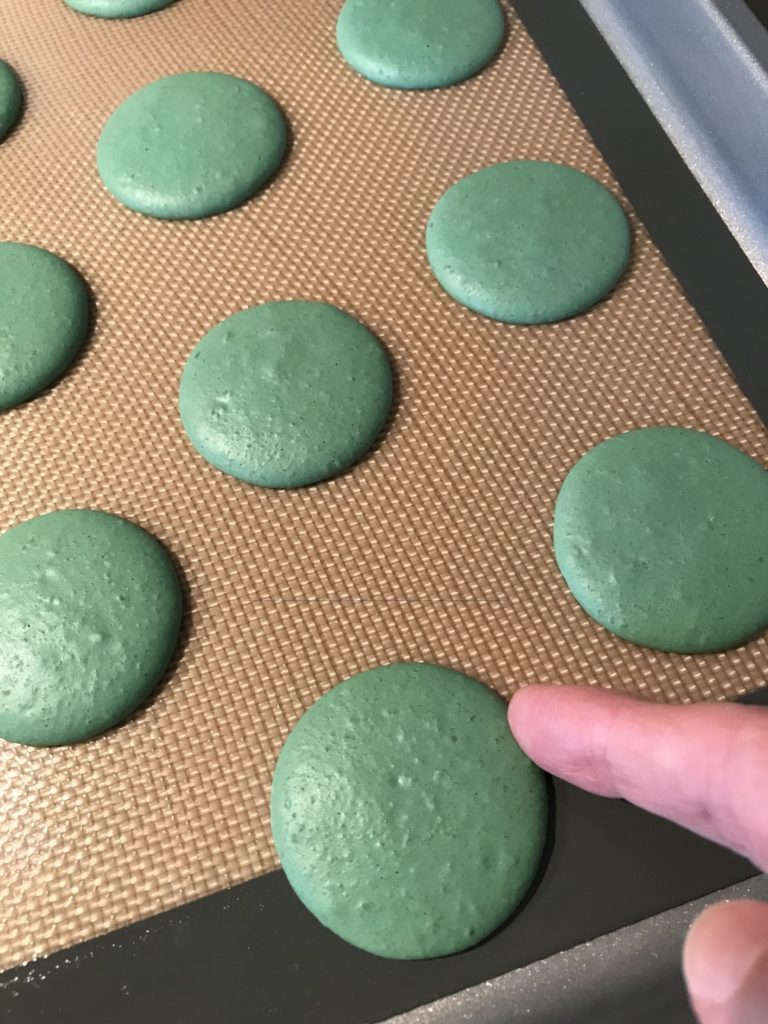
You can’t budge them 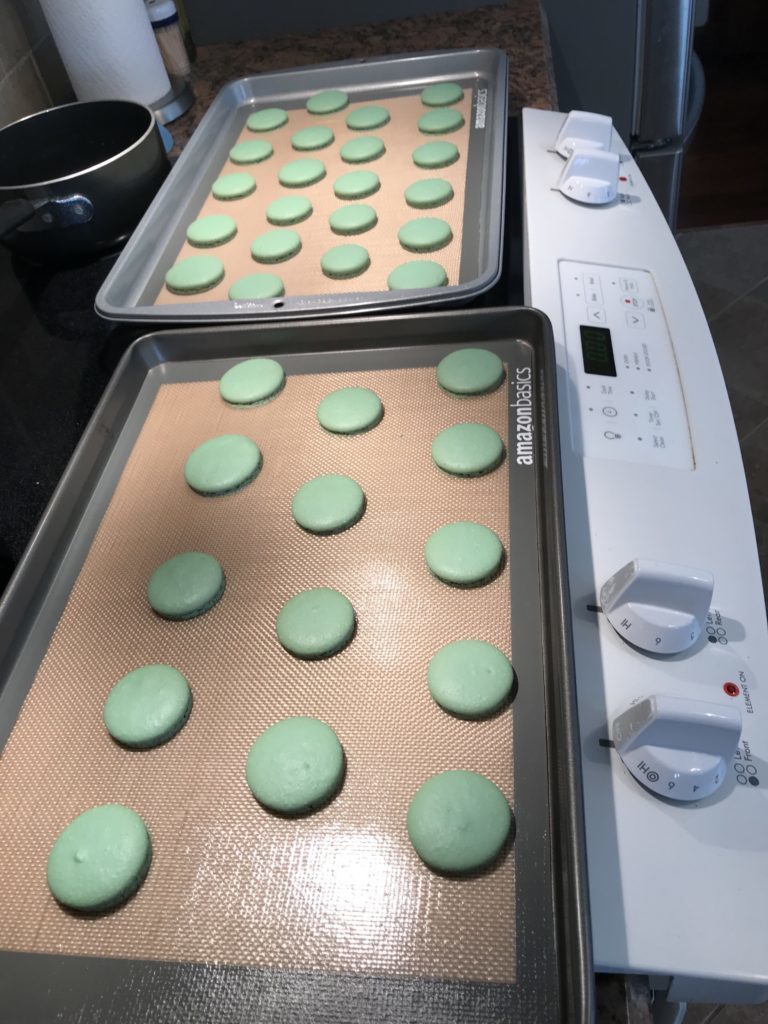
Freshly baked they look perfect 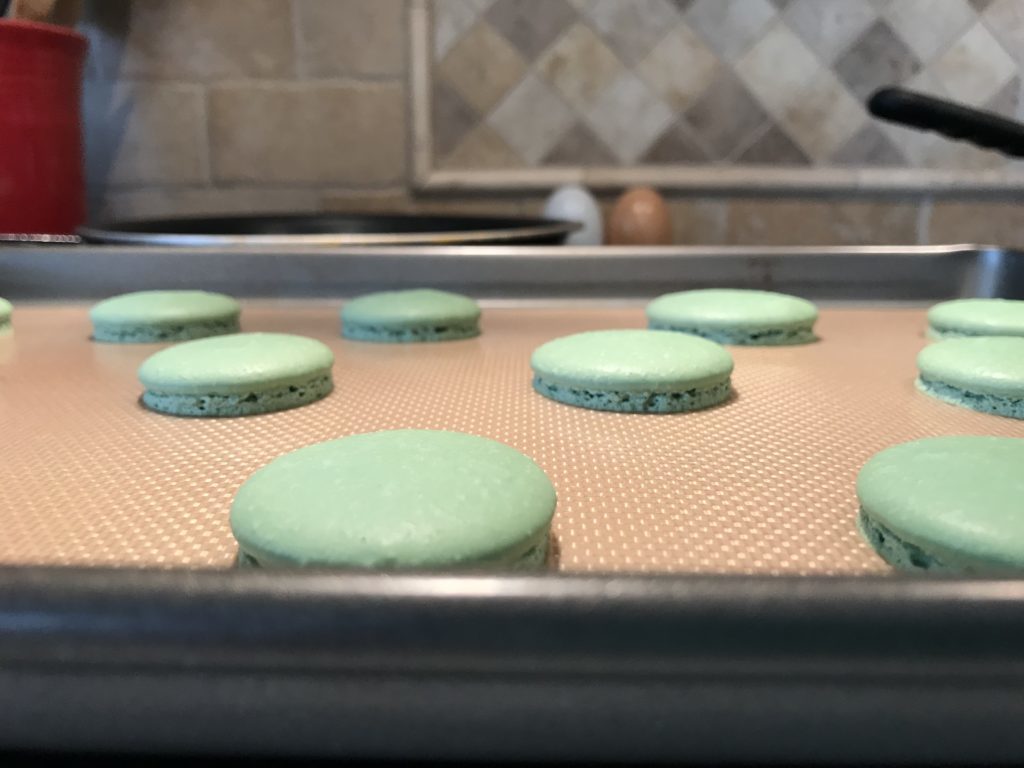
Close up of tray 1 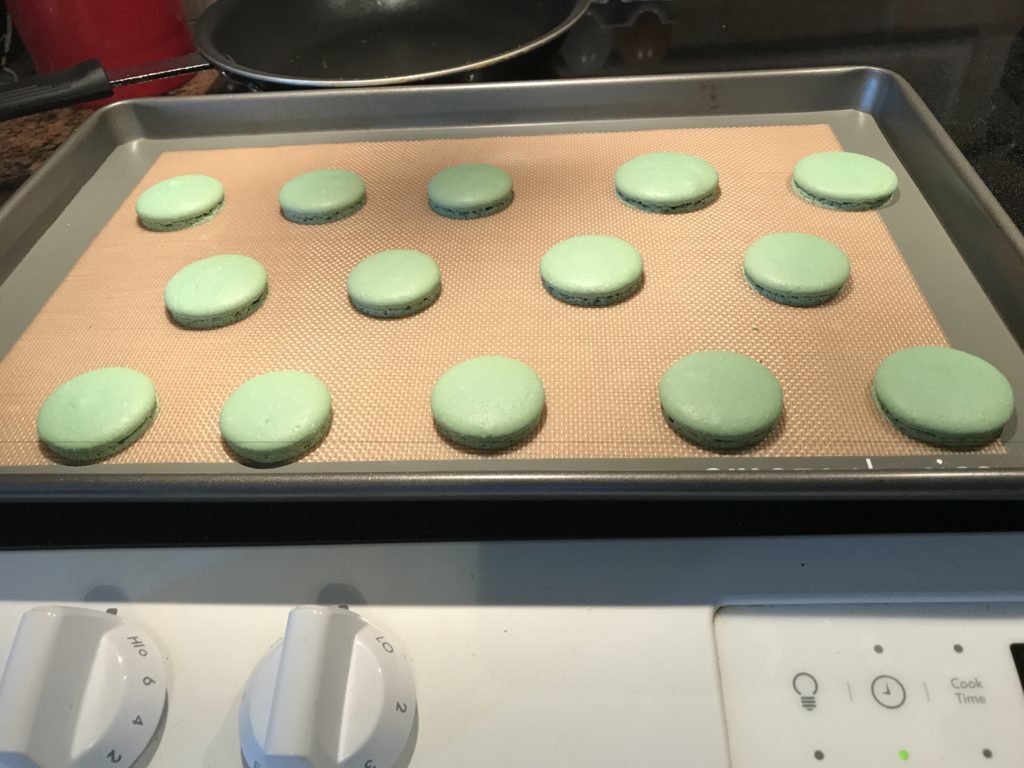
Tray 1 
Tray 2 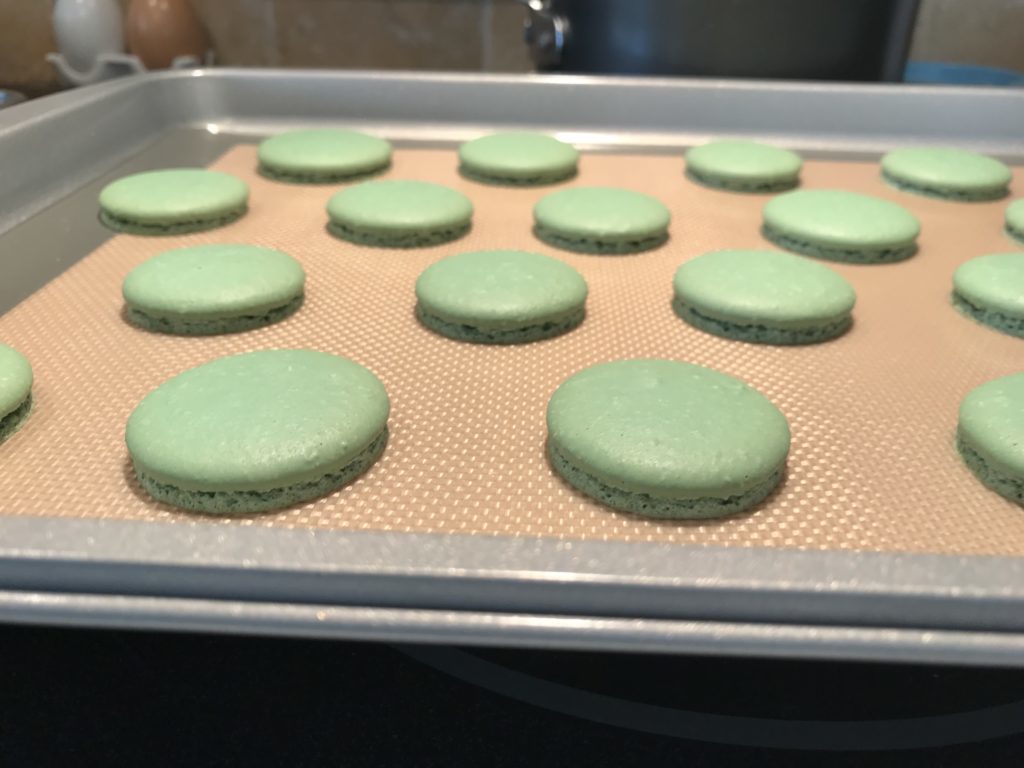
Close up of tray 2 
Tray 1 hollow 
Tray 2 hollow 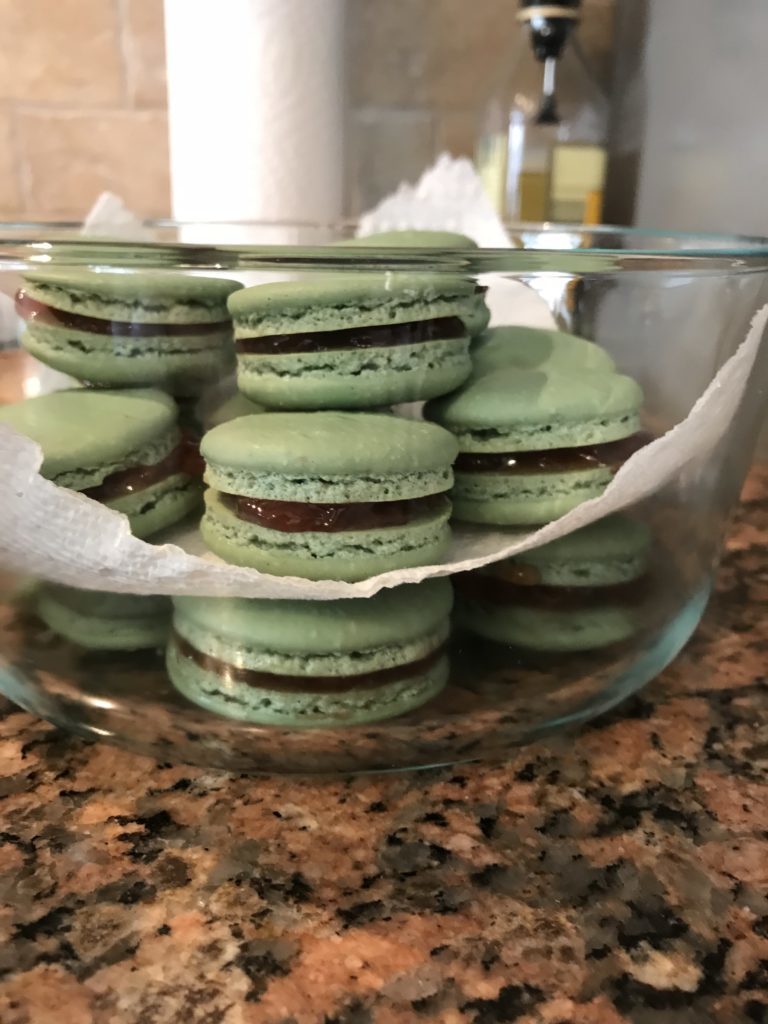
Still pretty!
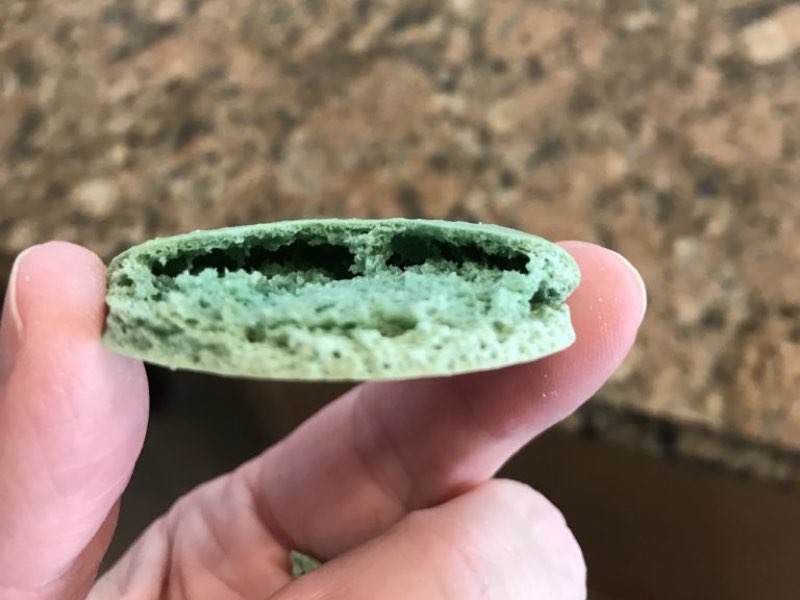
0 Comments